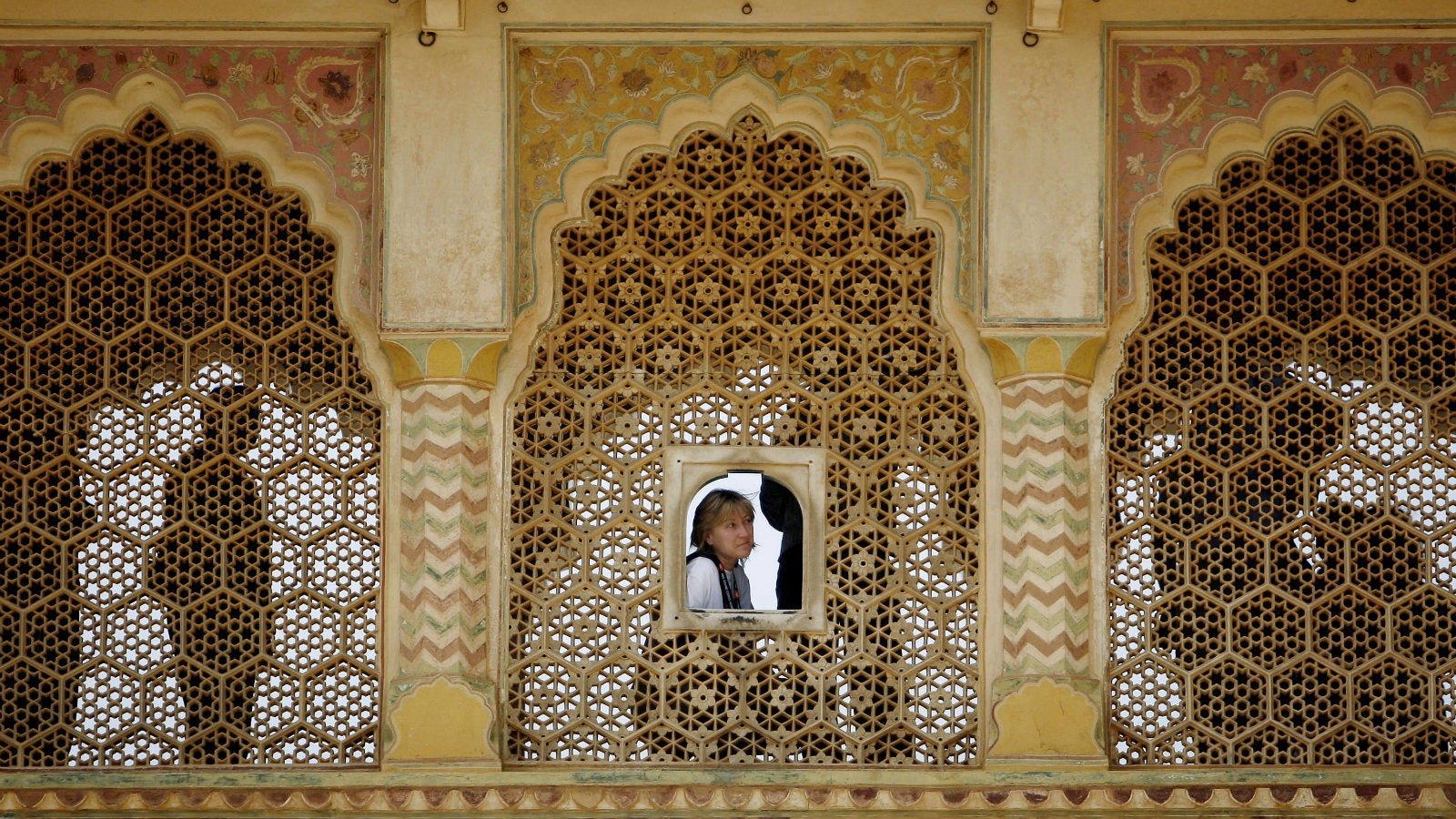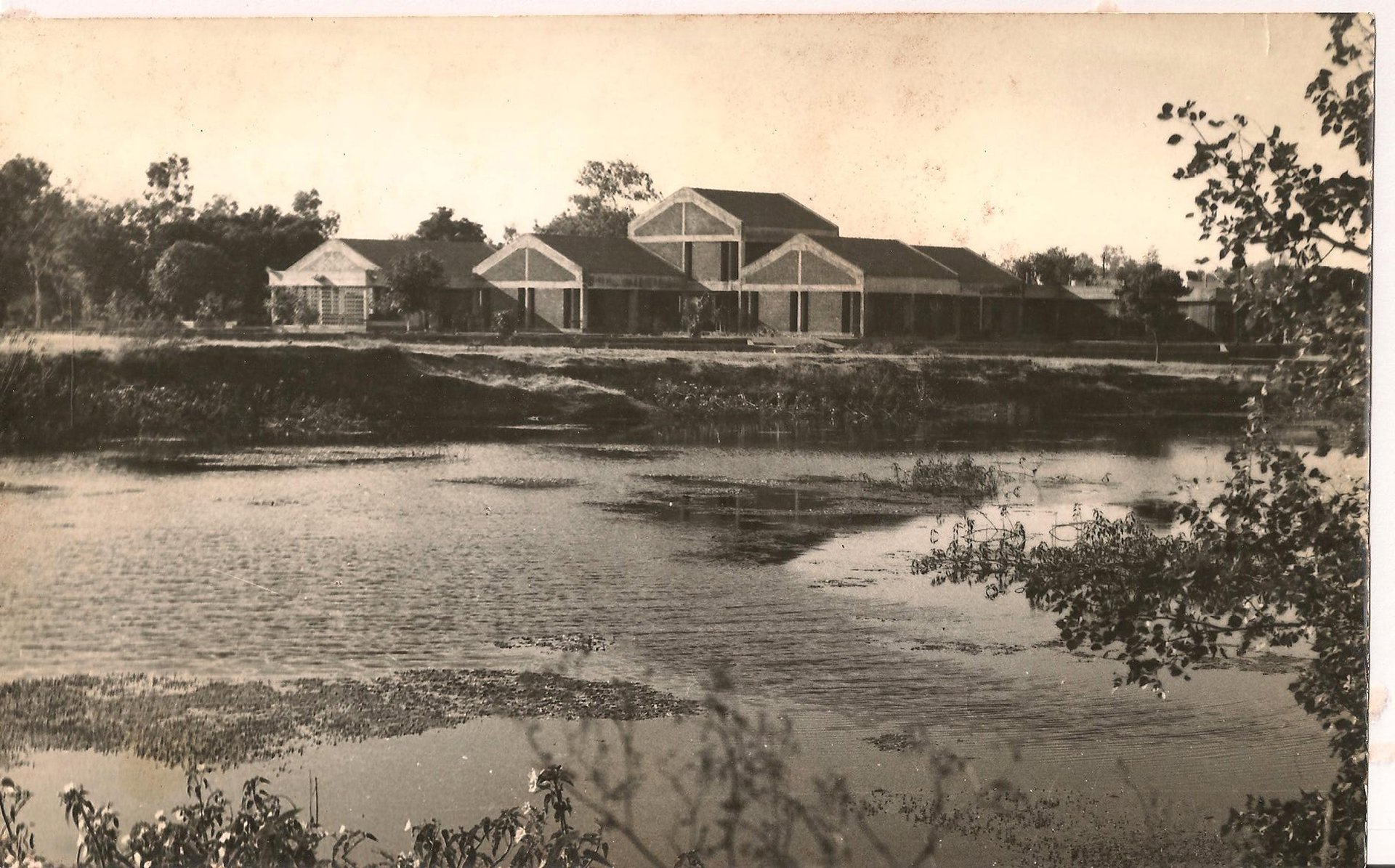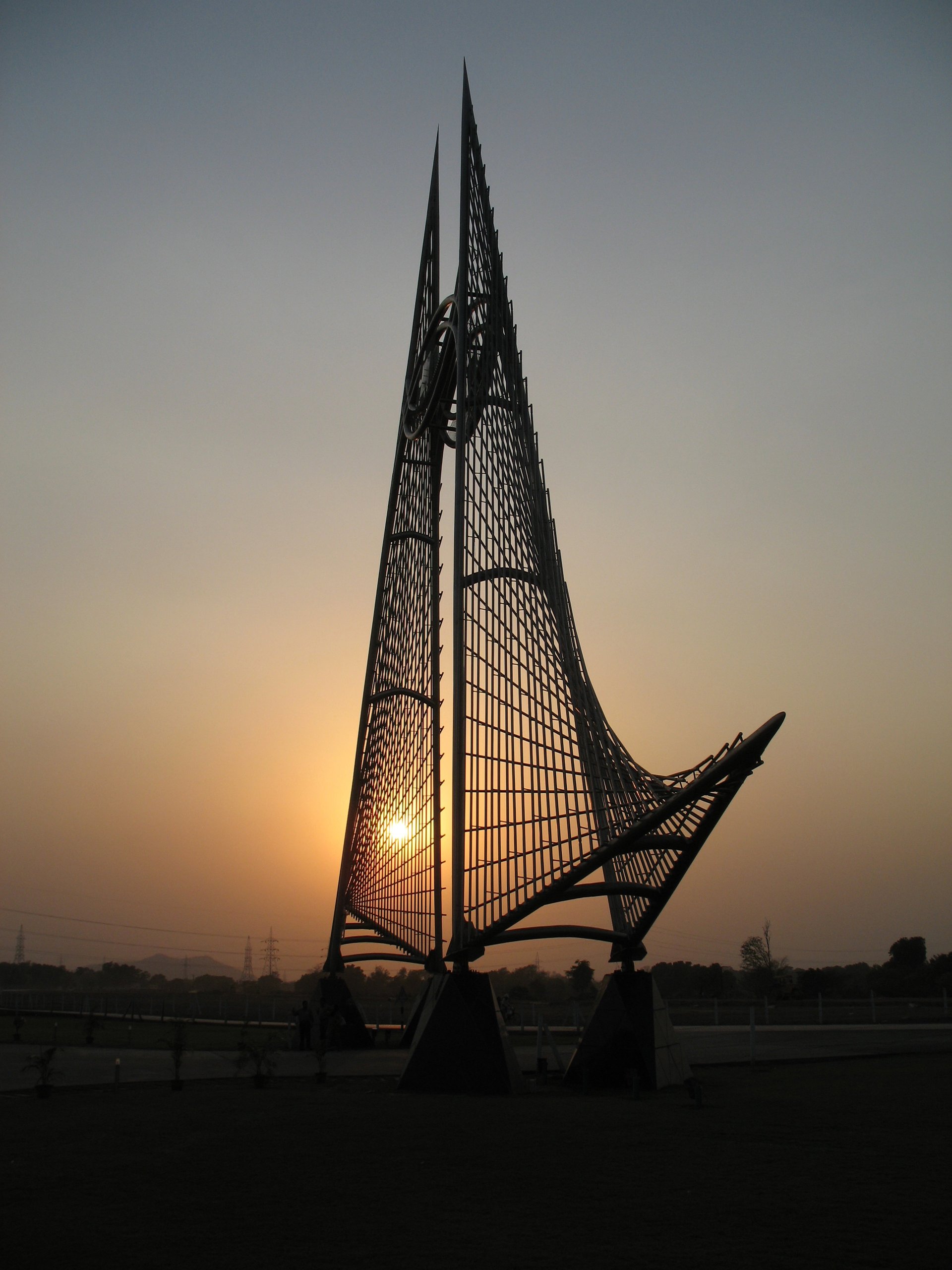The secret to success for India’s woman architects: unconventional ideas and mothers-in-law
The story of Indian women in the field of architecture begins as early as the 1930s with Perin Jamshedji Mistri.


The story of Indian women in the field of architecture begins as early as the 1930s with Perin Jamshedji Mistri.
Mistri, who came from a prominent Parsi family in Bombay (now Mumbai), is widely believed to have been the country’s first qualified woman in the profession. In 1936, she graduated with a diploma in architecture from Mumbai’s Sir Jamsetjee Jejeebhoy School of Art and went on to work in the family business, designing everything from churches to factories in a career that spanned almost half a century.
Since then, many Indian women have taken to architecture, though their names are often not as recognisable as those of men such as Charles Correa or B V Doshi, both in India and abroad.
However, Mary Woods, author of Women Architects in India: Histories of Practice in Mumbai and Delhi and an architecture historian at Cornell University, is trying to change that.
When Woods first came to India in 1998 as part of a faculty exchange programme, she met some pioneering women, including Brinda Somaya, one of the country’s most successful architects and conservationists. In time, Woods was convinced there was a story to be told about the long history of Indian women in the field and their unique approach to design that blended traditional methods and materials with modern styles.
“There is now, over the past maybe 40 or 50 years, a good literature on the history of women architects and issues of gender and design but they tend to be exclusively about women in the West,” Woods said, noting that this narrow view excluded the unconventional work being done in India.
To combat this, Woods spent time among Indian women in the profession, collecting oral histories and photographs to craft a detailed study of their work over the years. Her research showed that many of these architects were like social entrepreneurs and activists, working to empower marginalised communities and sustaining the country’s rich heritage by using widely available materials like mud or steel to create stunning feats of design. In doing so, they demonstrated a different approach to the field, beyond just servicing a client or being a “starchitect” (star architect), Woods said.
“There are many different ways of being an architect, it’s not just aspiring to be the next Zaha Hadid,” she added, noting that this was an important lesson to be learned elsewhere in the world.
Nearly 44% of India’s 58,646 registered architects are women, according to the Council of Architecture. Compared to the US, where women make up just around 26% of the total number, that’s pretty impressive. However, Woods’ research showed that, like in most other professions, these women have to contend with a field that isn’t always hospitable.
A man’s world
Women in architecture around the world have long complained of the lack of gender equality. Even the iconic Zaha Hadid labeled it “a man’s world,” noting that it was extremely difficult for women to make it to the top. To date, only two have ever won the prestigious Pritzker prize for architecture, and one of them was Hadid herself. And though 2016 marks the year when projects led by three women (including Hadid again) won the Aga Khan Award for Architecture, a $1 million prize, the fact remains that being a woman in the field is still fraught with difficulties.
Earlier this year, The New York Times collected stories from women in the profession across the US, presenting a litany of micro-aggressions and outright discrimination, from being mistaken for “decorators” to being relegated to doing the drafting, while male colleagues were given a wider range of work.
These difficulties abound in India, too, where as of Nov. 03 just 0.72% of women practice as partners in firms, though they are numerous at entry-level positions and as students in architecture schools.
“As in the West, women begin to disappear from the profession after a few years,” Woods said.
Interestingly, for many of the women she interviewed, the key factor that determined if they could continue working was the mother-in-law. “If the mother-in-law was supportive, it made a big difference,” Woods added.
Considering such impediments, the body of work done by women in the field over the years is all the more impressive.
Building India
In the years after Independence, the focus was on building institutions required for a new nation state. Despite the difficulties of convincing the government to grant commissions for large projects to women, architects such as Hema Sankalia and Urmila Eulie Chowdhury managed to build housing projects, state institutions, and other structures that established them as pioneers in the field.

And today’s women are building on this rich legacy.
Take for example Delhi-based Revathi Kamath, one of the many taking on the tough task of preserving centuries of local traditions while still producing iconic modern structures. Often called the “queen of mud architecture,” Kamath pioneered the use of a material normally relegated to India’s most impoverished communities to build luxurious structures, including a resort in Rajasthan and the Tower House in South Delhi’s tony Hauz Khas neighbourhood.
Kamath has also worked with steel to create a massive and complex gateway for the O P Jindal power plant in Chhattisgarh. Reinterpreting tribal designs for ladders and swings, Kamath built a 33-metre high structure, the tallest stainless steel edifice in south Asia.

For Woods, Kamath’s work is notable for bringing traditional crafts into the 21st century. “She’s able to bridge both the contemporary and the traditional,” she said.
That spirit is echoed in both the designs and conservation work of other women in the field. Take Brinda Somaya and Neera Adarkar, for instance, who are engaged in preserving heritage buildings and using traditional construction designs for modern buildings, including IT campuses and tourist sites.
And that’s what makes the story of these architects so alluring.
“These women, they blur boundaries between alternative and mainstream architecture, between the modern and the contemporary—being an entrepreneur but also being an activist,” Woods said.